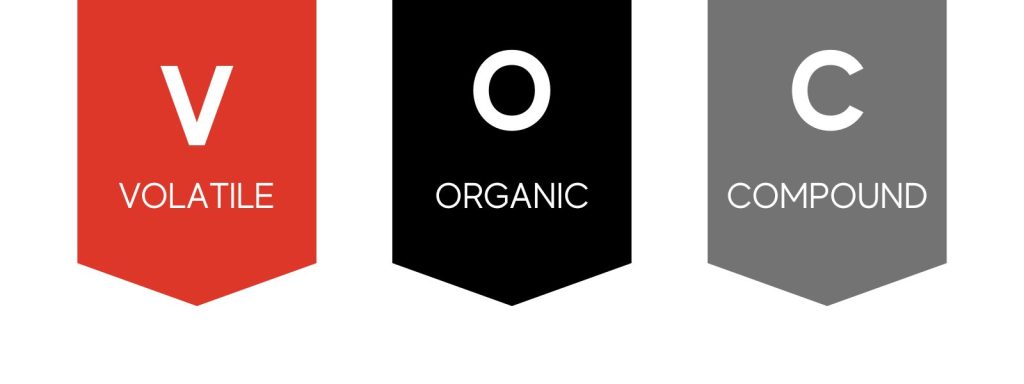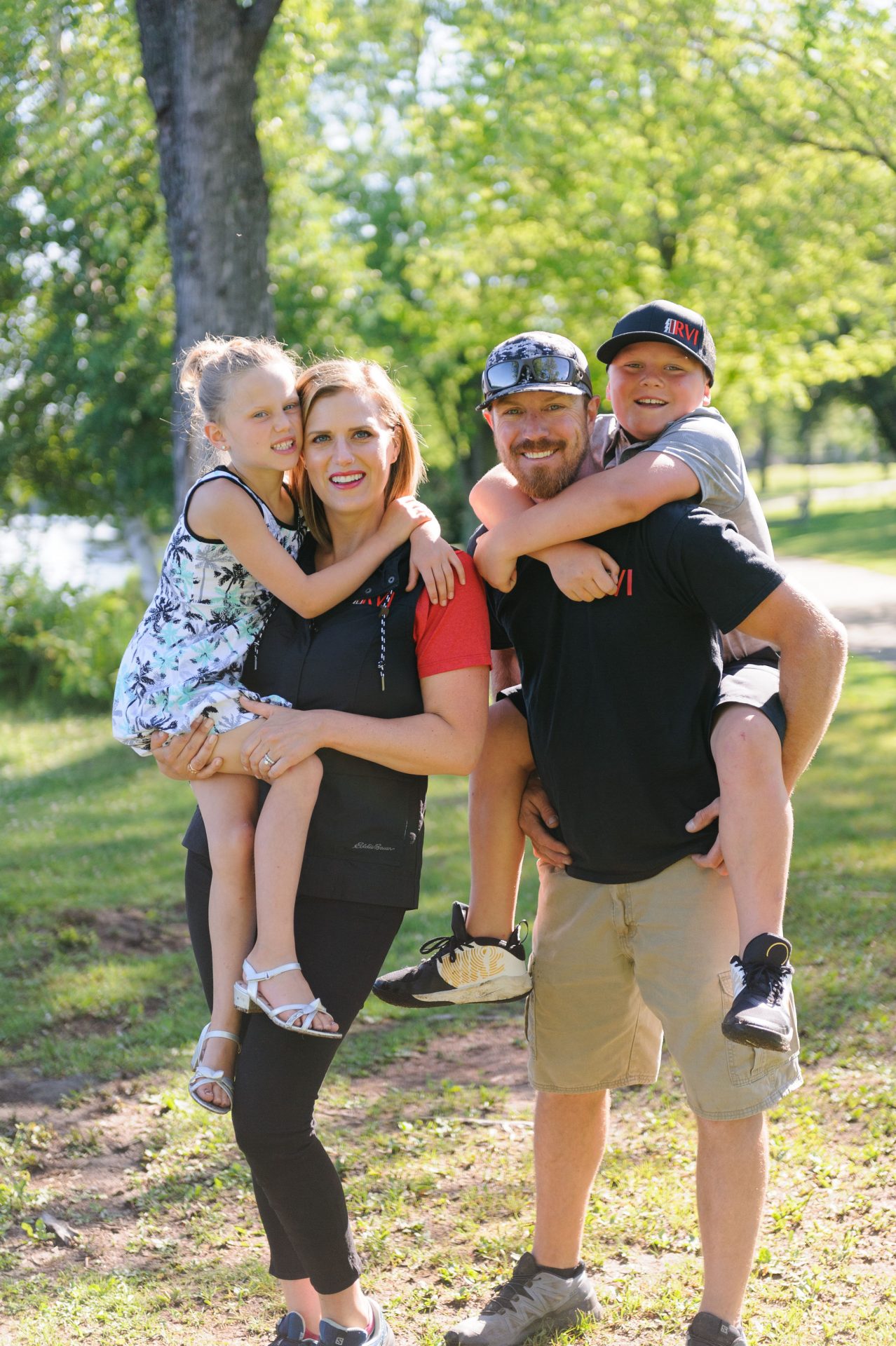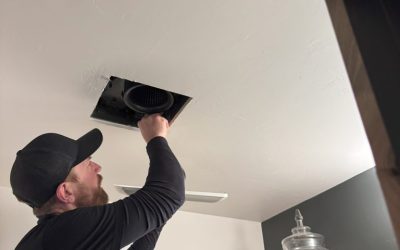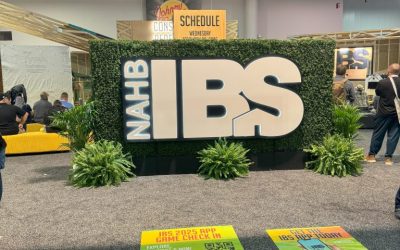Today we’re going to talk about a tricky topic – how to balance a desire for healthy indoor air quality alongside the usage of construction materials such as spray foam, use of material, finishes, furniture, and endless other products that make a house a home. At R-Value Insulators (RVI), we strive to strike a balance and do our part by utilizing insulation materials that offer exceptional performance while limiting the presence of unhealthy toxins such as volatile organic compounds (VOCs).
In this article, we’ll discuss what VOCs are, the impact of spray foam insulation on indoor air quality, and the benefits of using alternative insulation solutions such as BIBs.

What are VOCs?
Volatile organic compounds (VOCs) are chemicals that have high vapor pressure and low water solubility. They can be found in a variety of household products, including cleaning supplies, paint, and certain insulation materials.
VOCs in your home can have adverse effects on indoor air quality and contribute to a range of health issues, including respiratory problems, headaches, and dizziness. The risk of VOC exposure is made more significant as we make homes and businesses more airtight and energy efficient. Also, building materials that contain hazardous VOCs and are used in large quantities pose a larger threat to our indoor air quality.
This resource and this article both do an excellent job of breaking down some of the dangers of VOCs in your home.
Does Spray Foam Distribute VOCs?
Spray foam insulation, a widely used insulation material for its energy efficiency and airtight seal, is made up of polyurethane. And polyurethane contains isocyanates, which, according to the CDC “are powerful irritants to the mucous membranes of the eyes and gastrointestinal and respiratory tracts.”
Thankfully, proper protective gear for installers can help mitigate most of the health hazards. However, if spray foam insulation is ever cut into, trimmed, or otherwise disturbed, the dust generated can pose a threat to the eyes and lungs of anyone in your home.
Furthermore, any persons in or around the home or business that are not properly protected while the foam is being installed risk exposure to high amounts of VOCs in the air they breathe. It doesn’t end there!! Long after spray foam is installed and all the contractors are moved on to the next job, VOCs are still being off-gassed into your home or business for years!
Why We Use Spray Foam Minimally
At RVI, we use Touch and Seal spray foam in small quantities and only where alternative solutions are not available. In doing so, we ensure compliance with LEED requirements and prioritize indoor air quality.
This article covers why we don’t think spray foam is the best solution for the harsh Wisconsin climate. Drastic swings in temperature are hard on spray foam, especially if it was not installed in ideal conditions. Spray foam needs to be installed on a dry, warm surface, which is not always easy to achieve in Northern Wisconsin.
Benefits of BIBs Insulation
As insulation industry experts, we understand the need for safe and effective alternatives like the Blown-in Blanket System (BIBs), which substantially minimizes the risk associated with the use of spray foam insulation. BIBs offer high-performance insulation while maintaining indoor air quality.
This insulation is made from fiberglass or mineral wool, which are naturally resistant to fire, mold, and mildew. Additionally, BIBs ensure a comfortable, energy-efficient home without compromising on health and safety.
At R-Value Insulators, we care deeply about homeowners’ health, safety, and comfort. That’s why we embrace insulation solutions that prioritize indoor air quality. While spray foam insulation has its place, we believe that striking the right balance is essential.
We take pride in educating and informing builders and homeowners about the best insulation practices, ensuring every project is a healthy, energy-efficient, and comfortable living space. If you’re interested in learning more about BIBs or other insulation solutions, we’d be happy to assist you. Contact us today for more information and let our building science expertise guide you in building your dream home!



